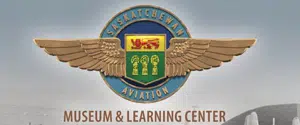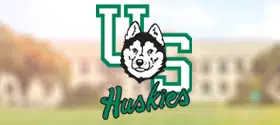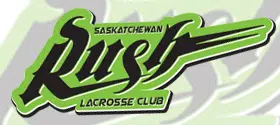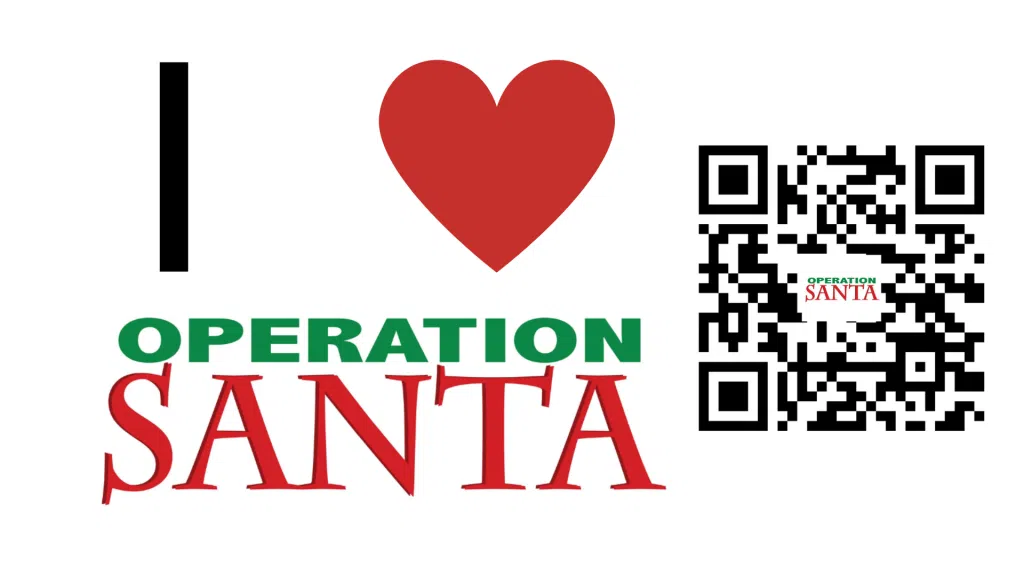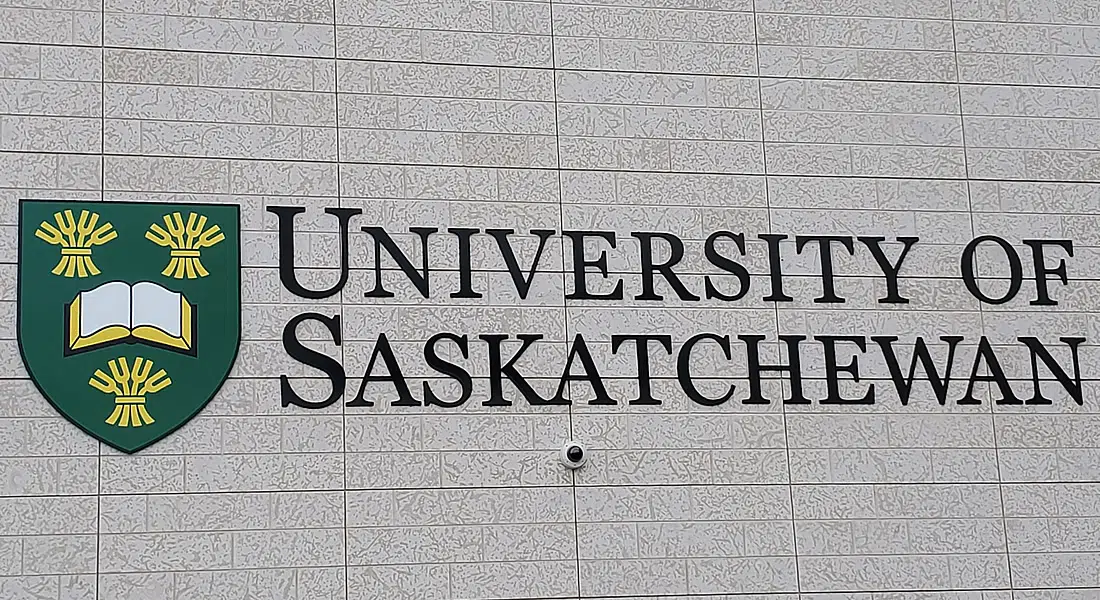
Saskatchewan’s grasslands are dwindling, as woody plants like trees and shrubs continue to encroach upon them.
Eric Lamb, Professor of Plant Sciences at the University of Saskatchewan, says it appears that woody plants are becoming more abundant in many parts of the grasslands than they were historically. This is a concern, because grasslands serve as an important habitat, they are critical to the cattle industry, and they make up 20 per cent of Saskatchewan’s landscape.
He adds that there isn’t a lot of data on why woody plant encroachment is happening, or how to manage it.
To change that, a research team will be using satellite imaging to map the spread of this encroachment over the next three years, as well as view the after-effects of wildfires and prescribed fires to see if they’ve made a difference.
Lamb suspects a lack of fire in the grassland landscape could be allowing trees and shrubs to take over.
“We know that in the last 50-70 years, there’s been much, much less fire on the grasslands of Saskatchewan than there was historically, so in the pre-settlement periods.”
Lamb says if something isn’t done, a loss of grasslands will soon begin to impact livestock producers in the province.
“The biggest way that livestock farmers are going to notice it, is they will simply have less food for their animals. As woody plants encroach in, they do competitively suppress a lot of the really important grasses.”
The three-year project, funded by the Canadian Space Agency, is already underway, as researchers are on the ground collecting data that will help them calibrate and analyze the satellite data once it is available. Lamb hopes to implement at least one small, test prescribed fire within a year from now.




















